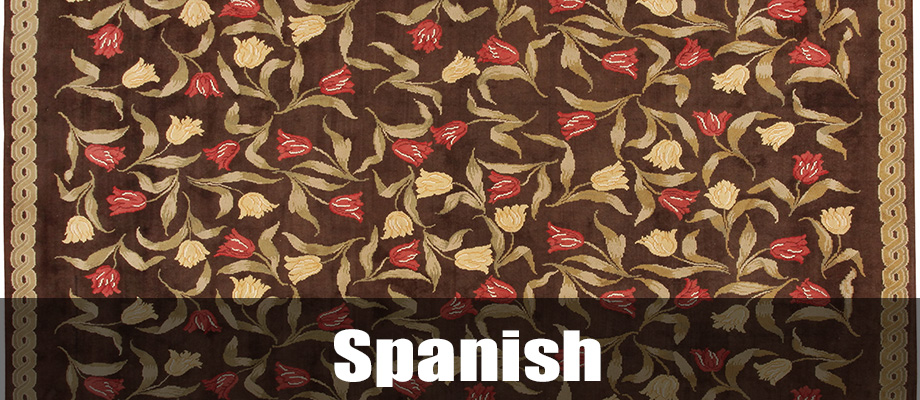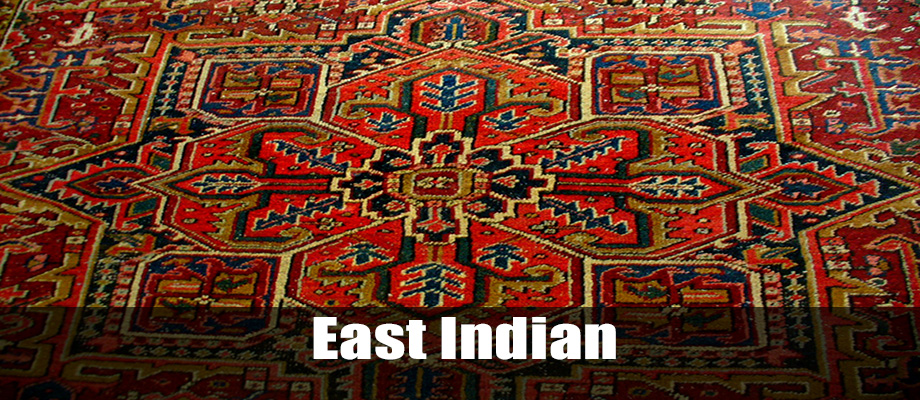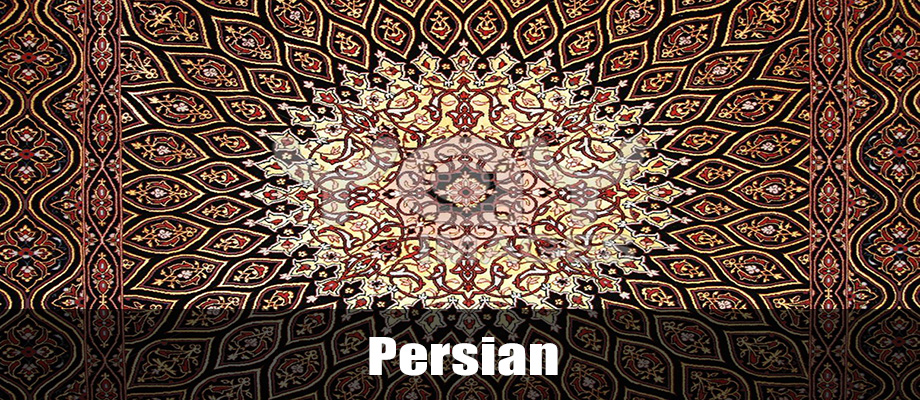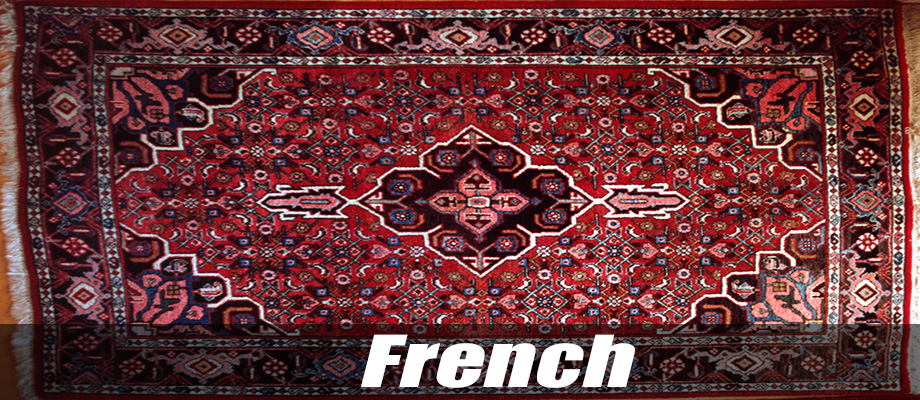English Rug
Due to the lack of textile core ingredients, cotton and wool, the English weavers did not begin to do large scale weaving of rugs until international trade was up and running in the 16th century. The 16th century English carpets were well known for their break from the standards of the catholic influence. The Anglican church commissioned a number of workshops to produce designs so as to break from the profitable market of the portrayal of the saints that dominated the French and Italian markets. The English carpets took o the royal color of gold as an attempt to attract the nobility to these workshops. The Aubusson workshops in France were coming into their full force at this time however. The weavers of England had to do something to define their works and make their products distinguished amongst the local nobility. This led to a production of Asymmetric designs. The definition of beauty up till this point was the use of symmetry and perfection however these new designs drew the eyes of many buyers and to this day the golden asymmetric designs are still a prominent factor amongst English designs. English rugs should always be cleaned by a professional such as our partners at English Rug Cleaning
Asymmetric Rug

The English use of Asymmetry was crucial in their ability to make it amongst the extremely competitive market that was the sixteenth century weavers. The Textile industry was extremely competitive and the French workshops at Aubusson certainly out funded the English weavers, but many English rugs exist to this day because of their unique designs.
Golden Rug
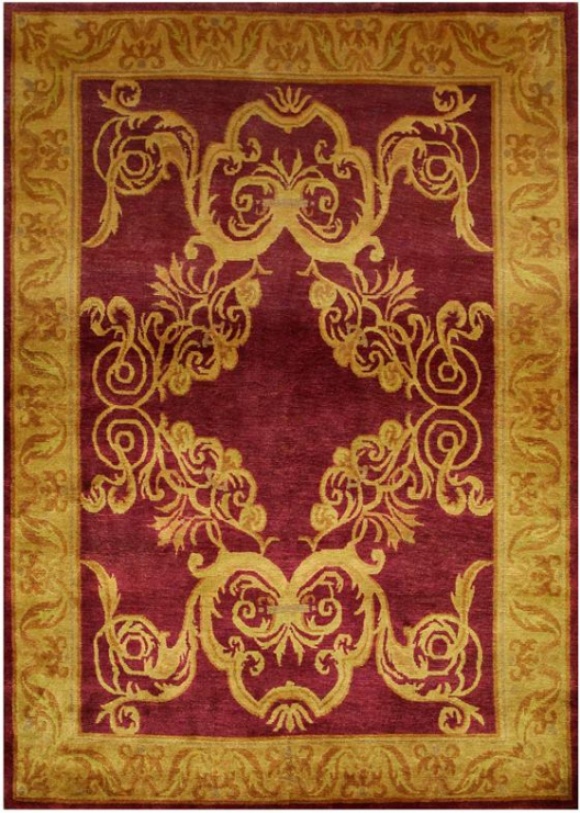
The use of Gold in Art had been mostly forbidden until this point. The color gold and purple had always been reserved for the Royal family. With the collapse of the nobility well underway and the rise of the middle class who were looking for the style that the nobility had always enjoyed, the free market preserved and the noble colors became common rather than regal.
